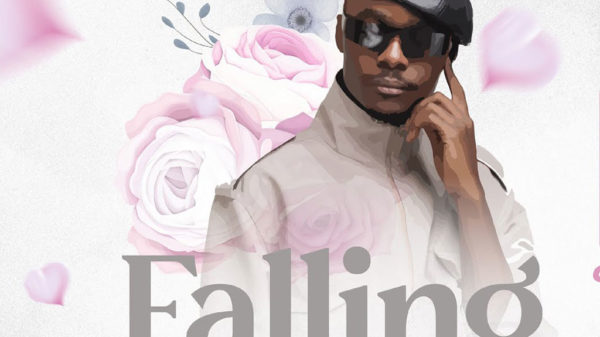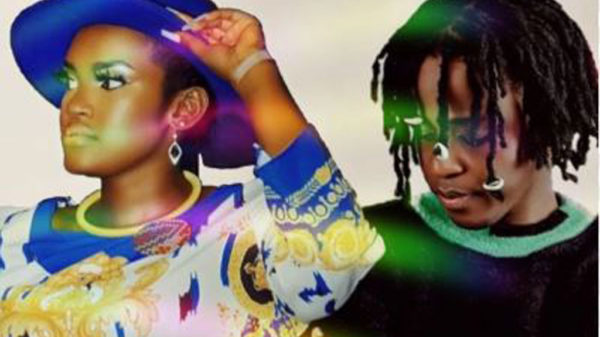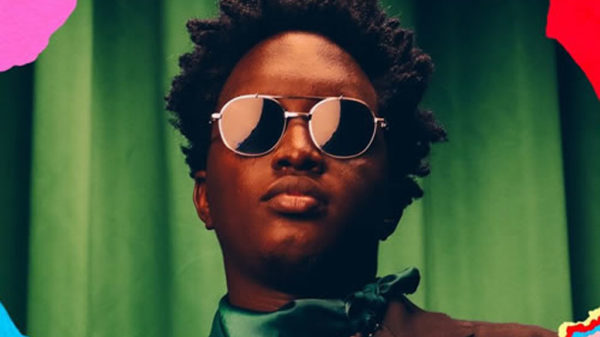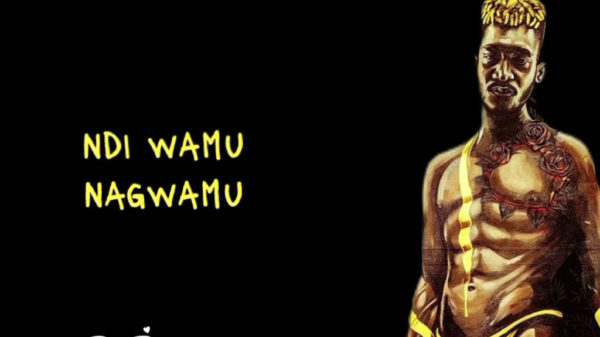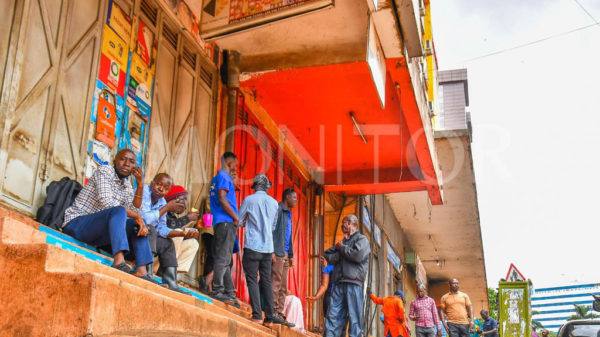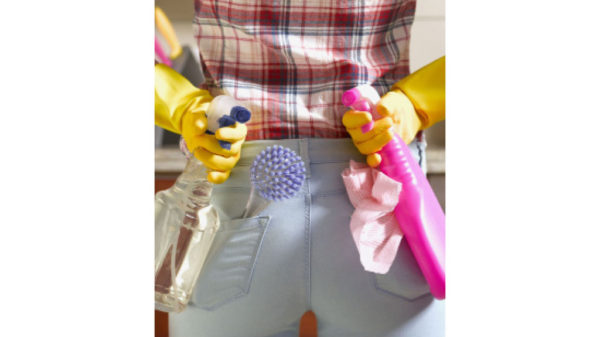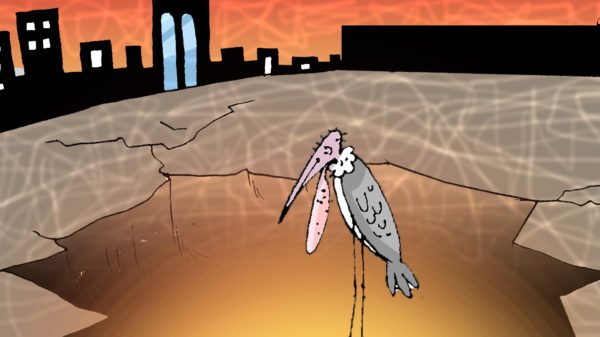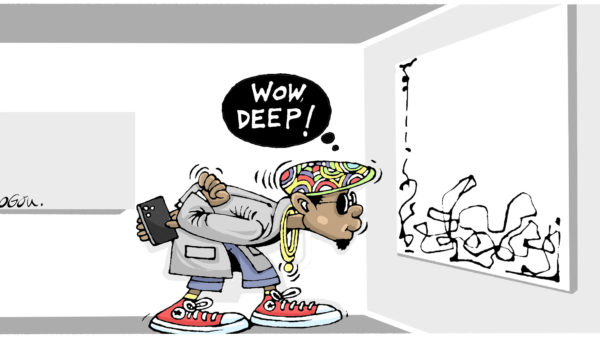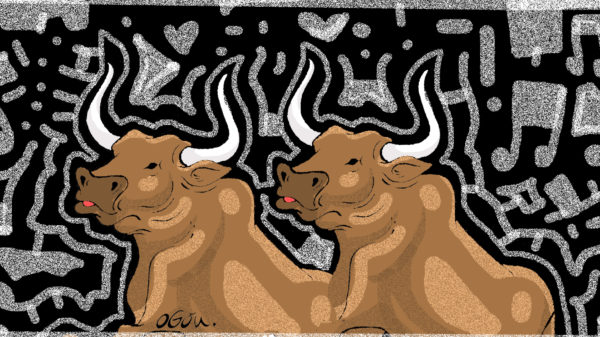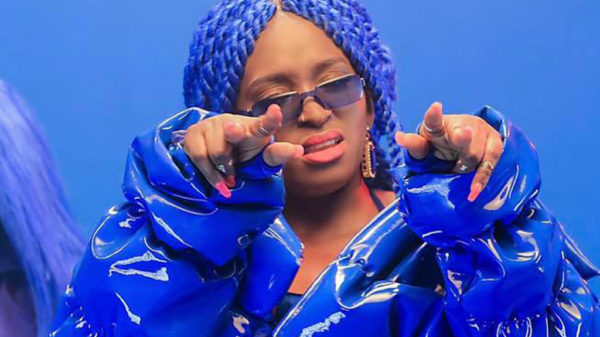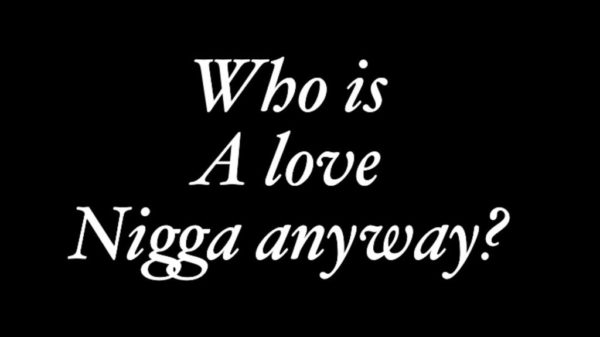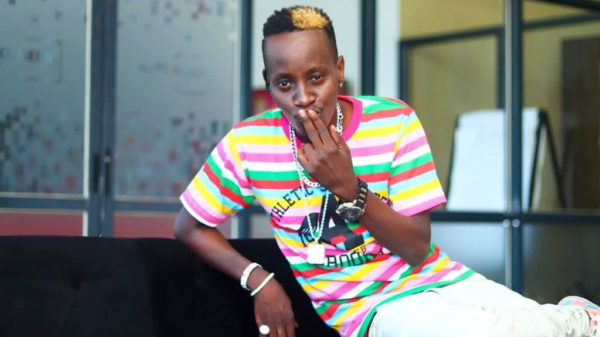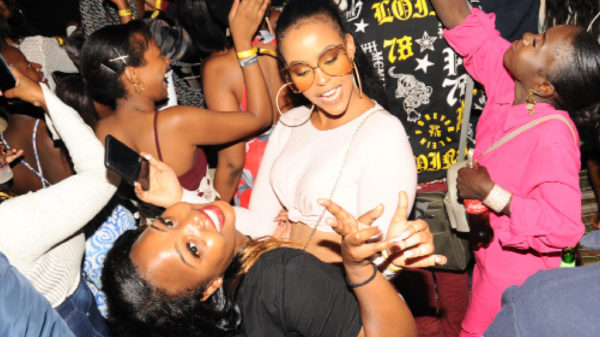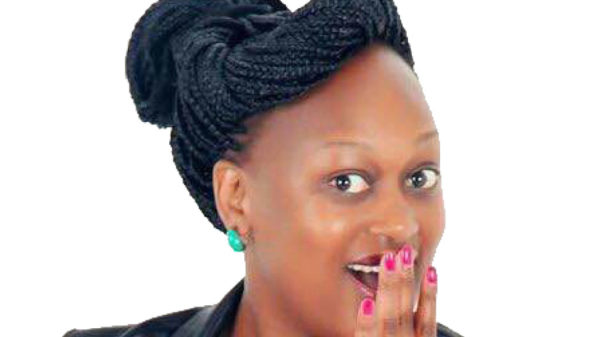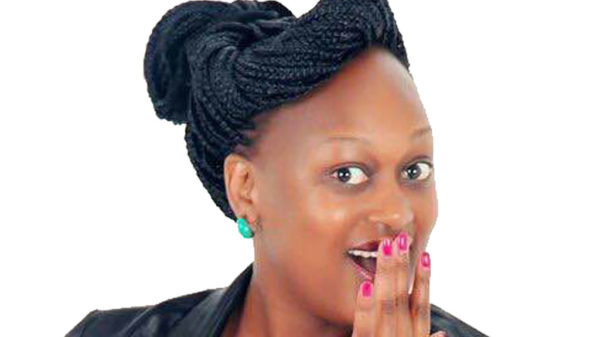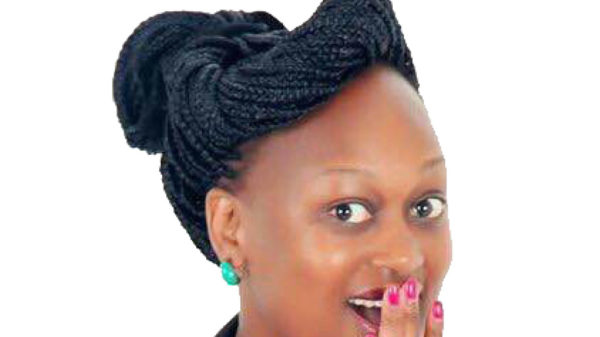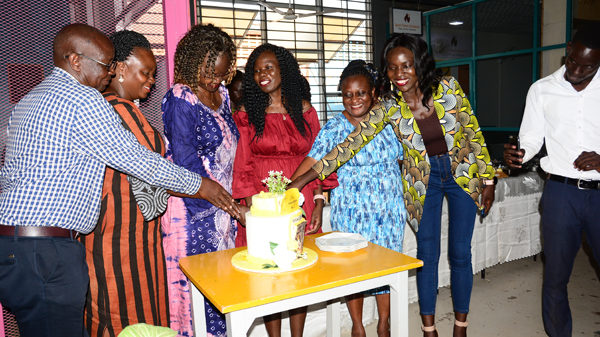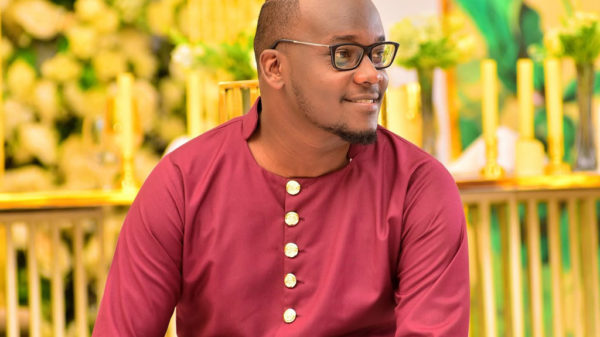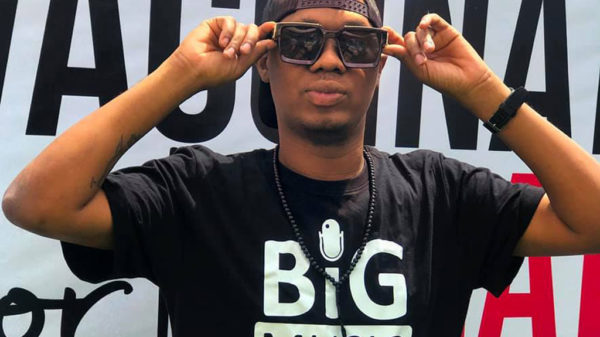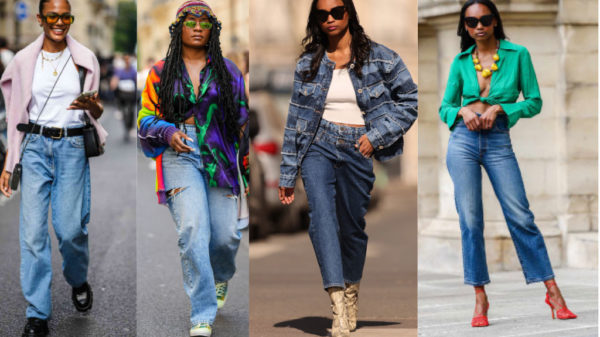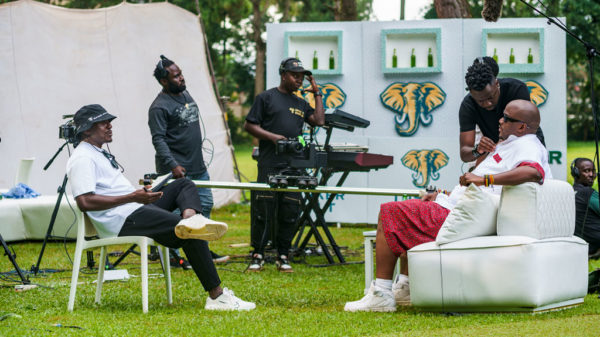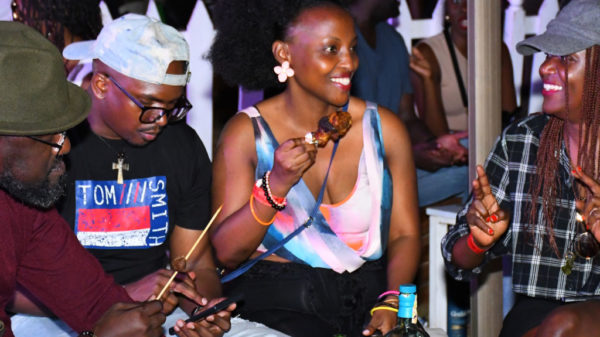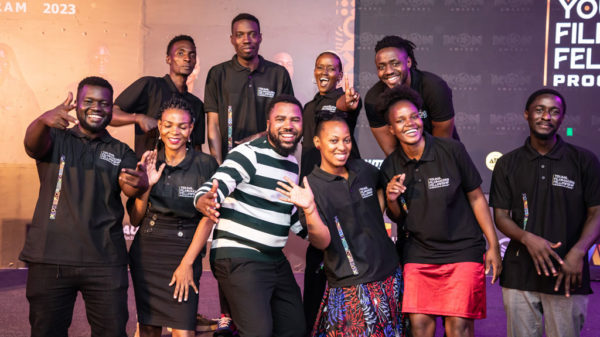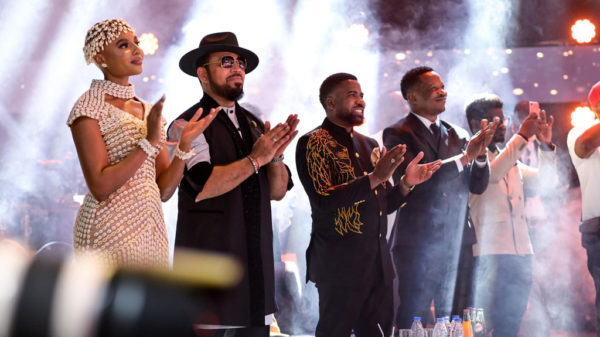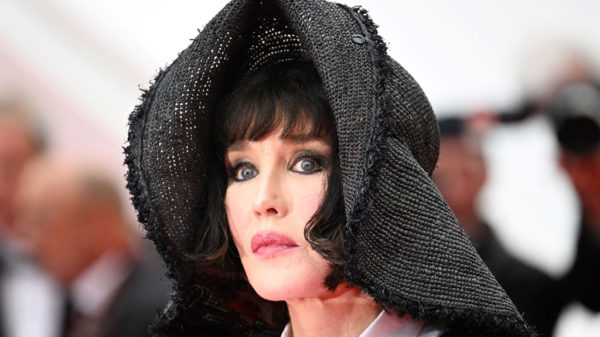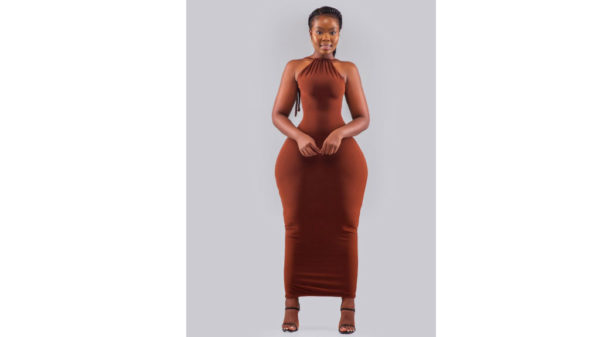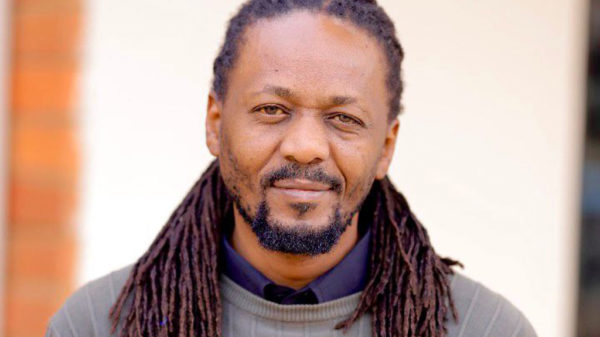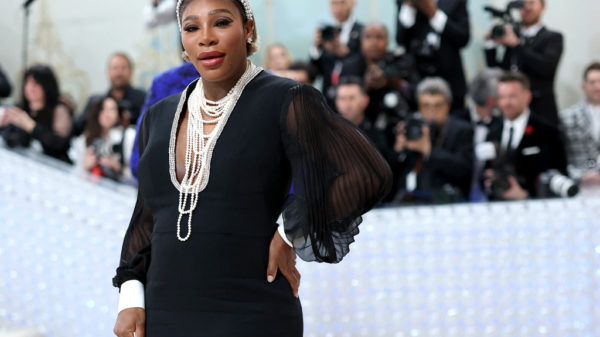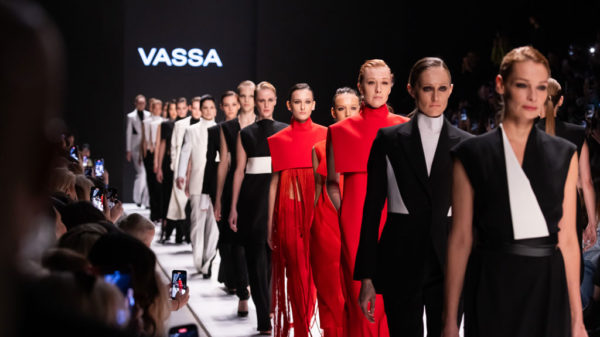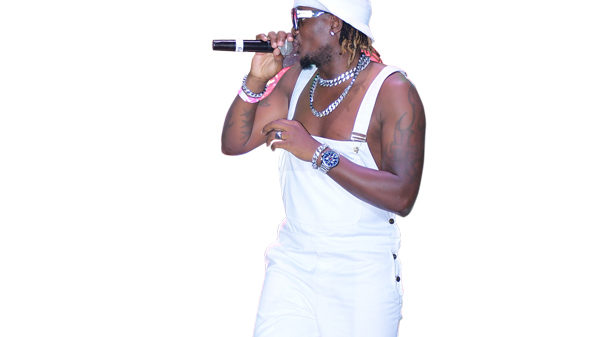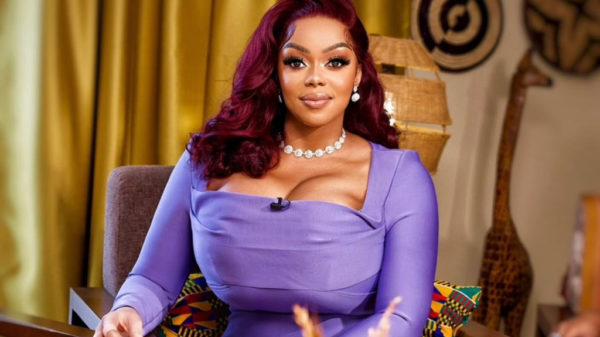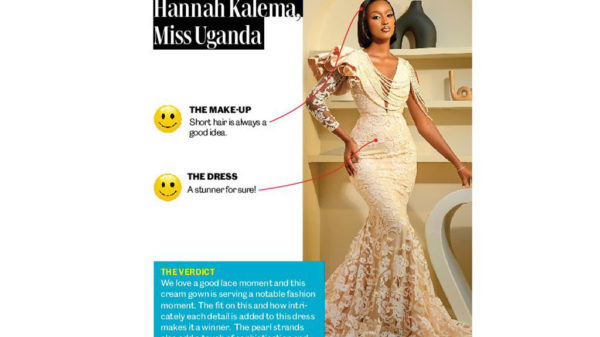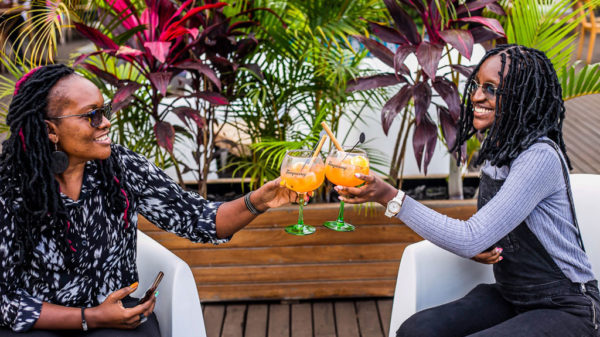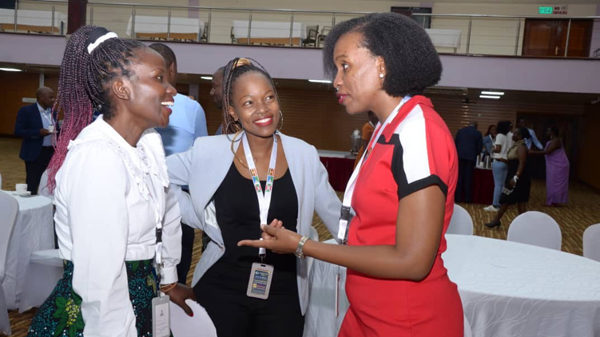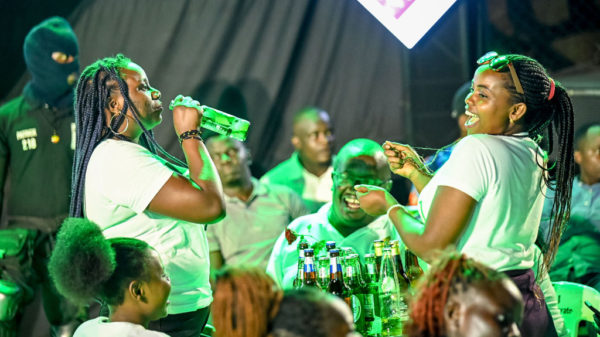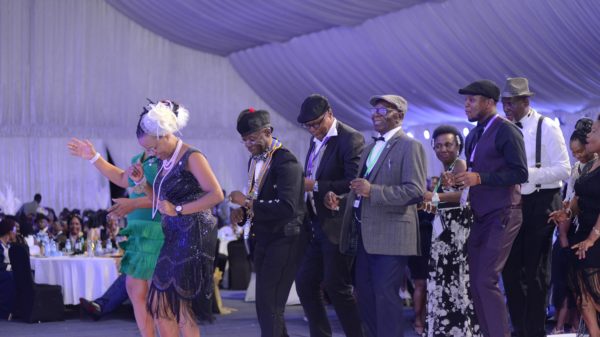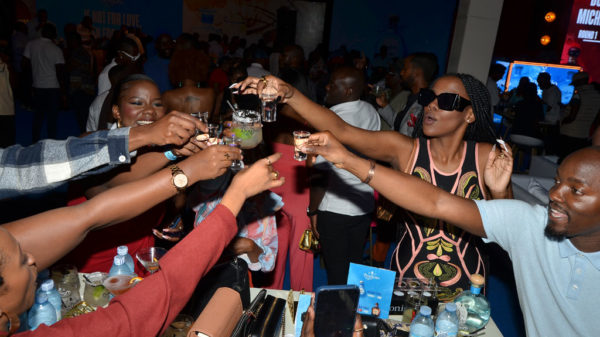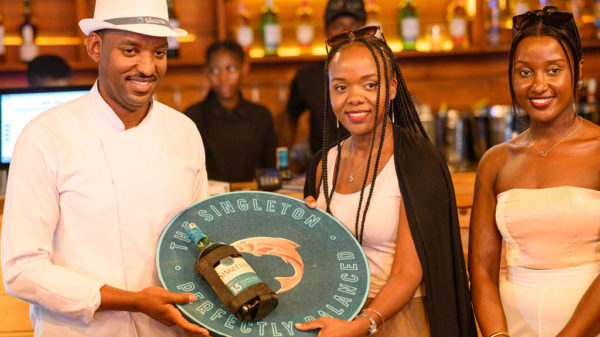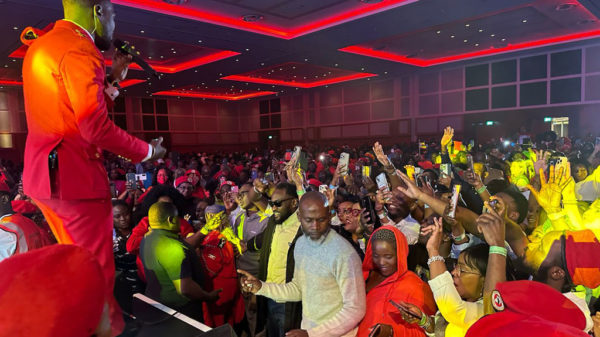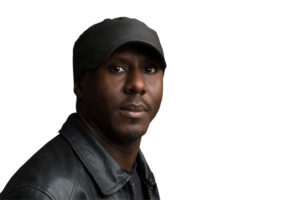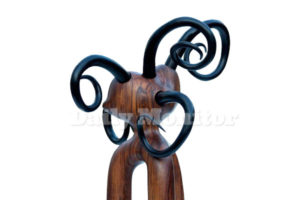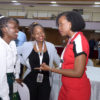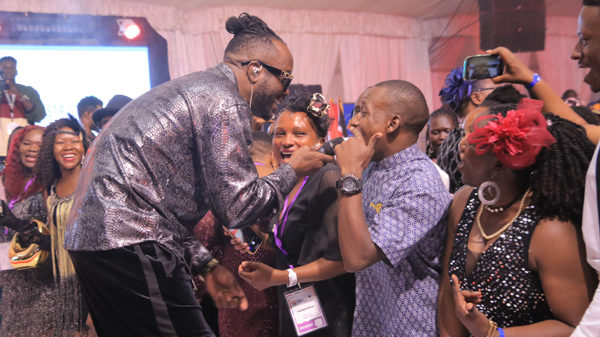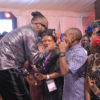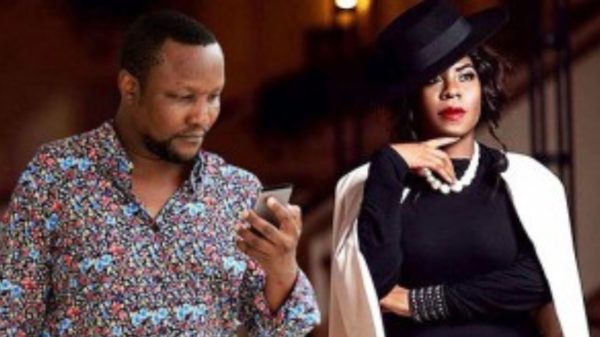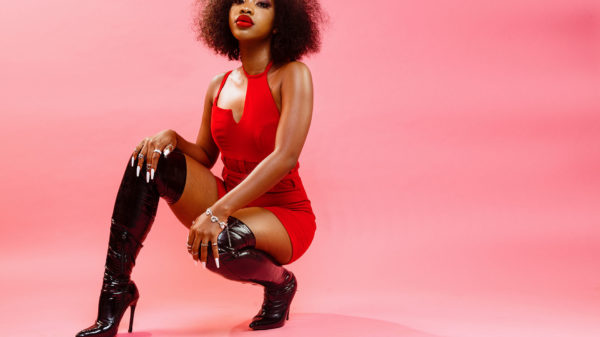Ugandan contemporary and multidisciplinary artist Donald Augustine Wasswa, aka Waswad’s solo exhibition titled Down in Napak was held at the Afriart Gallery in Industrial Area in Kampala.
The exhibition that was curated by Michelle Mlati ran from November 14, 2020 to January 30, 2021. Waswad evokes animal and plant life embedded in the material composition of their life cycle realised by the central grass installation “Down in Napak.” Their transformative character is apparent in their ecology, moving from the village to the city as raw material to become a new life form. It is a process that not only suggests the urbanisation of wood, but its evolution from terrestrial into extra-terrestrial being.
Waswad’s body of work traverses the worlds of art, architecture and design as a mutation of different life forms. His series of drawings, paintings, wooden sculptures and installations capture the relationship between the organic and geometric and proposes an evolutionary curve in variable forms of life that are ambiguously animated at the crossroads of the human, nonhuman and more than human.
Waswad, who was born in 1984 in Uganda, is the proprietor of Art Punch Studio in Kampala. He has held solo and group exhibitions in Uganda, Denmark, Belgium, the Netherlands and Germany.
He holds a Bachelor’s degree in Vocational Studies Art and Design with Education from Kyambogo University in Kampala.
Why the title ‘Down In Napak’?
The title of the exhibition is inspired by the 1979 song “Down In The Park” by an English band Tubeway Army featuring the lead vocalist by Gary Numan. The story is about the mach-men who meet to hunt and kill humans in the park while some get to watch the carnage from a nearby club. I wanted the Ugandan audience to relate so I changed the title from ‘Down in the Park’ to ‘Down in Napak.’ Napak District in north eastern Uganda is named after Mountain Napak. In this exhibition Napak is an imaginary world. The exhibition is also a reflection on the impact of science and technology in modern societies.
How are you going about your trade under the Covid-19 restrictions?
I am mainly a studio artist, meaning most of my time is spent at the studio/home. I only go out for more inspiration. Of course as any other business, I am affected because we do not hang out as we used to, and it is a bit problematic.
How has the pandemic affected the livelihoods of creatives in Uganda?
For the performing artistes, especially last year was not good. Imagine a lockdown, curfews then a big hold on concerts, then politics. I think it’s a shocker to many and I am sure many artistes are depressed, self-medicating and starving because they are not earning like before. But I have heard the government has or is planning a stimulus package for the creative industry hope it helps in some way.
From your experience, which people turn up for art exhibitions?
Both Ugandans and foreigners turn up for exhibitions if they are well advertised and they relate to them.
Who buys art in Uganda?
Both Ugandans and foreigners buy art. In most cases, it is a matter of priorities.
How best would you describe the current state of the arts industry in Uganda?
The arts industry is steadily growing despite the challenges, especially those resulting from the current pandemic. Artistes have to adapt to new ways of reaching their audiences.
Has the government put up an enabling environment to support the culture and creative industries?
The government has supported by including arts subjects on the school curriculum, the introduction of Universal Primary Education, sponsoring best performing students at universities. It has encouraged the functioning of NGOs in form of art festivals, alternative art spaces alongside the traditional spaces like the National Theatre.
What inspired you to become an artist?
I think I was born an artist, someone can be inspired to do art but that does not mean they are an artist.
How do describe your form of art expression?
I am a multi-disciplinary artist, a contemporary artist; I create situations, objects that are a reflection of the times we are living in.
How are you able to combine sculptures, paintings, installations, furniture, design clothing and accessories in your storytelling method?
All the disciplines you talked about and more are all perfectly related, governed by principles and elements. I keep switching from one discipline to another, depending on what I want to communicate. Sculpture and installations are my best mediums when talking about the materiality and histories. But it still depends on the specifics in all these disciplines.
How has your journey been in the art world since your debut group exhibition in 2007 in Kampala?
Interesting. There is learning every day. There is professionalism, there is passion; there is business, aesthetics and then function and many more.
editorial@ug.nationmedia.com



